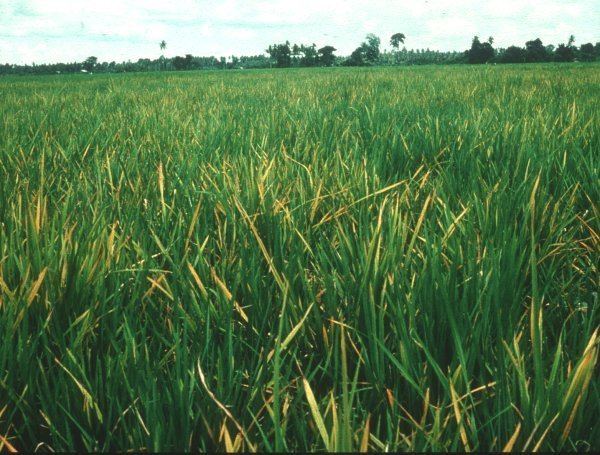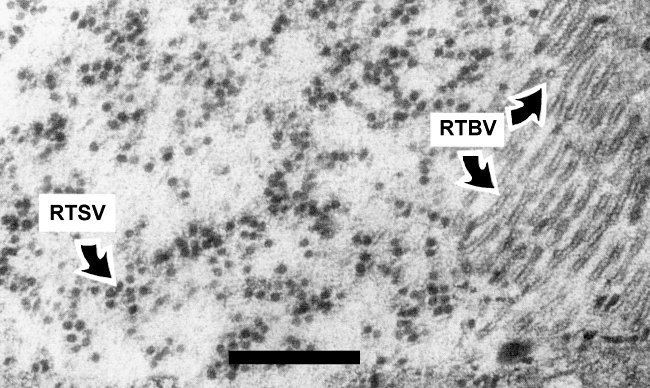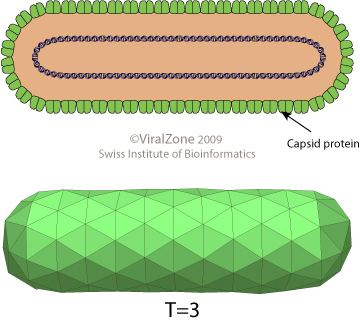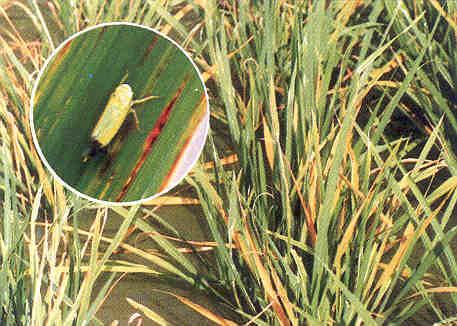Group Group VII (dsDNA-RT) Genus Tungrovirus Rank Species | Family Caulimoviridae Higher classification Tungrovirus | |
 | ||
Scientific name Rice tungro bacilliform virus Similar Siphanta acuta, Rice tungro spherical virus, Planthopper, Brown planthopper, Rice ragged stunt virus | ||
Resistance to rice tungro bacilliform virus is associated with a dominant locus in chromosome 4
Rice tungro bacilliform virus (RTBV) is a plant pararetrovirus of the family Caulimoviridae. Tungro means 'degenerated growth' and was first observed in Philippines.
Contents
- Resistance to rice tungro bacilliform virus is associated with a dominant locus in chromosome 4
- Virology
- Clinical
- References

Virology

Rice tungro bacilliform virus was first described by Saito in 1975. Galves (1968) purified the virus and reported that the particles are polyhedral with a diameter of 30-33 nanometers. The virus withstands temperatures below 63-degree Celsius for 10 minutes.

The tungro virus is known to have at least two strains - S and M. The 'S' strain in these varieties produces conspicuous interveinal chlorosis, giving an appearance of yellow stripe and sometimes irregular chlorotic specks on younger leaves. On the other hand, the 'M'strain produces only mottling.
Clinical

Tungro affected rice plants are stunted and have reduced number of tillers. The young emerging leaves develop interveinal chlorosis leading to discoloration of the leaves, starting from tip downwards. Often whole leaf is discolored, plants infected at an early stage generally die prematurely. Infected plants take more time for maturity because of delayed flowering. The panicles are often poorly developed and the grains are also often covered with dark brown blotches and are lighter than those of healthy plants.
